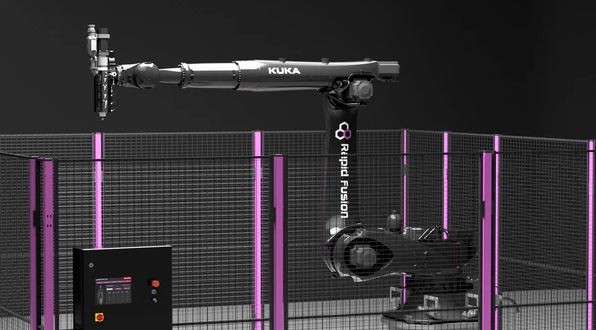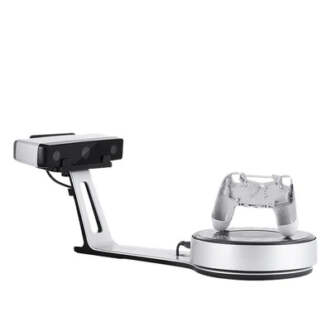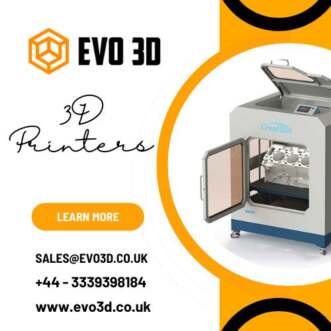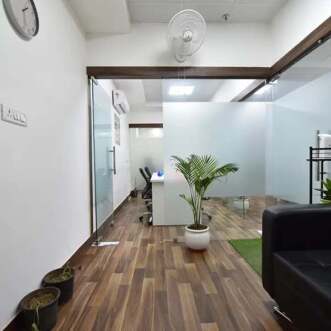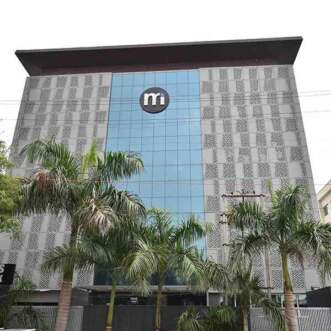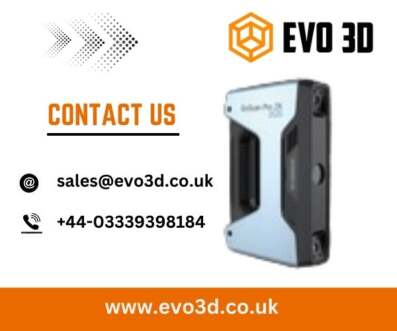
3D Scanners: Understanding, Revolutionizing Digital Representation
In the recent past, three-dimensional scanning technology has gone through significant improvement that has changed various industries by providing accurate, fast and flexible solutions for capturing physical world into digital shapes. 3D scanner is a tool that takes three dimensional aspects of either an object or surroundings to come up with digital models. This process called 3D scanning has wide implications across diverse sectors including manufacturing, health care, architecture, and entertainment.
Principles and Types of 3D Scanners
The fundamental principle behind a 3D scanner is to capture an actual geometry of an object. It involves measuring points on the surface of the object then using these distances to make a 3-dimensional digital model. There are different types of 3D scanners which employ different technologies to achieve this objective.
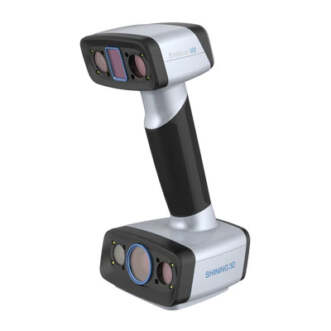
Laser Scanners: They use laser beam that measures the accuracy of the shape of an item precisely. When a laser scanner beams out light from its sensor in reflection from an object’s surface it measures how long it takes before the ray is back on its originator. The data is later converted into 3D point cloud that represents a set of points in space constituting the objects outside skin .Laser scanners are highly precise hence can be used frequently
Structured Light Scanners: These scanners project a series of light patterns onto an object. As the patterns change shape above the object’s surface, the cameras take pictures of how they are altered so that they can be used to construct 3D model. Structured light scanners are highly rated as far as resolution is concerned and this makes them suitable for quality control in reverse engineering applications.
Contact Scanners: Unlike non-contact scanners, contact scanners physically touch the object to measure its surface. They typically use a probe that makes contact with the surface while moving and records data along the way. However, these tools cannot scan fragile or intricate shapes even though their accuracy is very high.
Photogrammetry: This technique involves capturing multiple photographs of an object from different angles. Then, software analyzes such images and generates a 3D model accordingly. Photogrammetry is popular in cases where there is need for high detail but traditional scanning may be impractical or too costly.
Applications of 3D Scanning
The versatility of 3D scanning technology has led to its widespread adoption across various sectors:
Manufacturing: In manufacturing industry, quality control, reverse engineering and prototyping are some examples where 3D scanning is necessary. Scanning models produced end up being compared with original design specie.
Healthcare: In the health sector, 3D scanning is applied in developing medical implants and prosthetics that are customized. Scanners can record a patients’ exact anatomy shape in order to create custom-made solutions that fit perfectly. Furthermore, 3D scanning helps surgeons prepare by providing preoperative models in details.
Architecture and Construction: For architects and construction professionals, 3D scanning is highly useful for capturing structures already existing within an environment. This information is used for renovation projects, historical preservation purposes and also for making accurate blueprints. Moreover, scanning supports ongoing monitoring of building project progress as well as adherence to design specifications.
Entertainment and Gaming: The movie industry uses 3D scanning to make replicas of actors, props and set designs. This technology makes it possible to have detailed simulation enhancing the feel of being there.
Cultural Heritage: In archaeology and cultural conservation; 3D Scanning is executed in documenting artifacts and sites among other things. Scanning thus provides a way of studying cultural heritage without touching it physically which may be very important especially when dealing with fragile items.”
Forthcoming directions and challenges
This is because 3D scanning technology is predicted to make more progress. It could also unleash the accuracy and productivity of scanning processes by combining AI with machine learning. Besides, there could be an upswing in the number of mobile and budget-friendly scanners thereby democratizing access to such a technology even further.
Nevertheless, there are some challenges yet. For example, when it comes to issues like data storage, processing power, and high-resolution models, much cannot be done. Additionally, data security as well as management of intellectual property rights linked with digital models continue being problematic.
